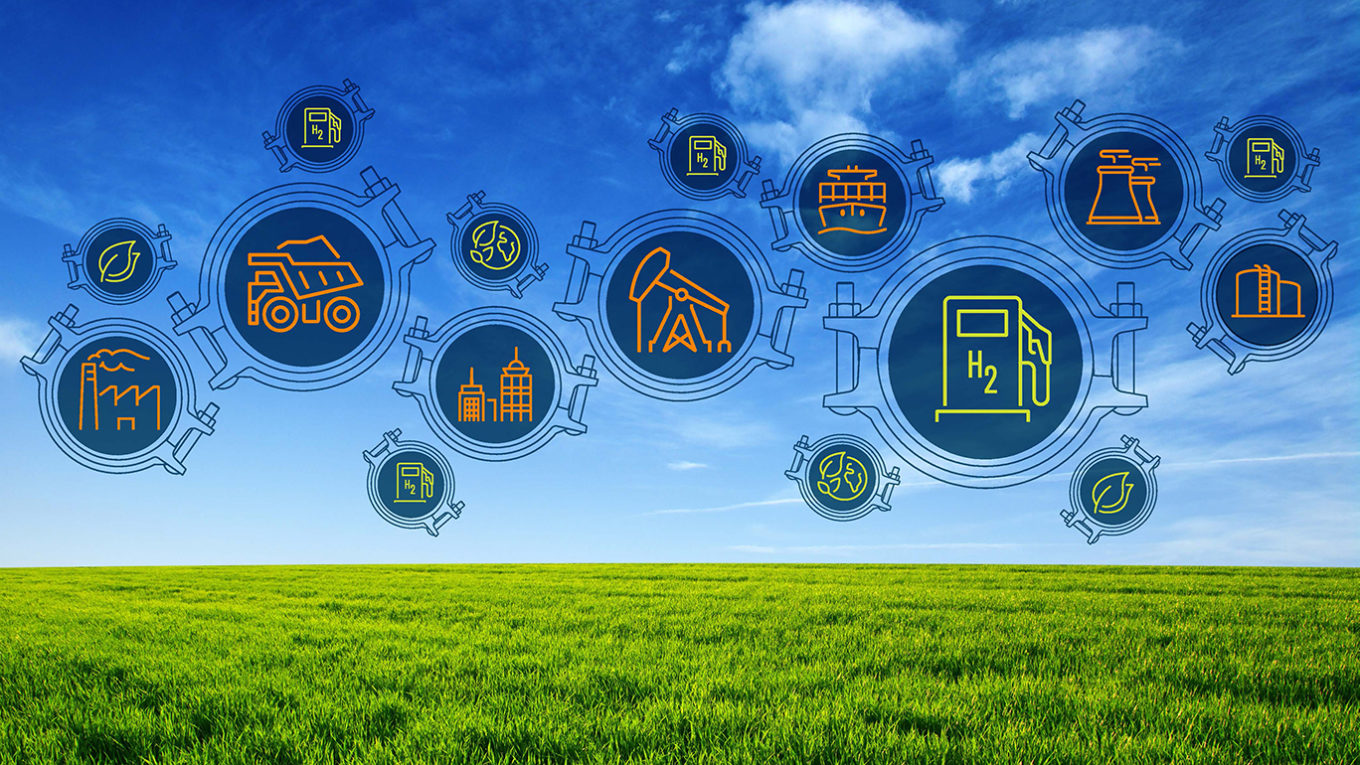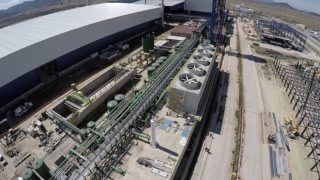Posted on June 23, 2021
It will take more than advancements in hydrogen production technologies to improve the economics of green hydrogen
The rapid growth and deployment of hydrogen generation projects for energy storage, decarbonization, and clean energy initiatives are taking hold. This quest for clean energy production and storage will be ongoing for decades as the energy transition focuses on long-term, larger-scale, clean fuel and storage solutions. Yet for this movement to truly take hold the cost of production must be low enough to increase the investment in hydrogen production technologies.
Who Is Investing In Green Hydrogen?
A recent report from the Hydrogen Council indicates that more than 200 hydrogen projects expected to exceed $300 billion in total investment have been announced, of which approximately $80 billion are considered mature. Over 30 countries have released hydrogen roadmaps, and governments worldwide have committed public funding in support of decarbonization through hydrogen production technologies.
In support of these initiatives, large-scale partnerships are forming to build localized hydrogen hubs for the emerging hydrogen economy.
The partners who are investing in green energy production in support of net zero emissions targets include:
- global oil and gas companies
- governments
- power producers
- equipment manufacturers
- transportation firms
One such initiative, the NEOM Project in Saudi Arabia, plans to produce 650 tons/day of Green Hydrogen via electrolysis powered by 100% renewable sources. Partnerships in Europe, Australia, North America, and parts of Asia and South America have also announced large-scale Hydrogen infrastructure development projects.

The Bridge to Green Hydrogen Production
Brown and Grey Hydrogen, produced from fossil fuels via Steam Methane Reforming (SMR) account for approximately 95% of global hydrogen production. Blue Hydrogen is defined as SMR with Carbon Capture and Utilization or Storage (CCUS). The International Energy Agency (IEA) has said that hydrogen production is responsible for roughly 830 million metric tons of CO2 each year. The increased global focus on decarbonization goals may reduce future investments in the development of SMR, impacting the production of Brown and Grey hydrogen. For now, SMR will continue to remain as a main hydrogen production method, with added CCUS features allowing the CO2 to be stored or utilized for industrial applications.
According to Frost & Sullivan, Green Hydrogen accounts for less than 1% of total hydrogen produced globally. A bridge to Green Hydrogen is needed and Blue Hydrogen will likely remain as that bridge.
The Power Mix and Increasing Need for Larger Scale Energy Storage
As the global power generation mix continues to grow towards wind and solar, long-term, large scale, storage is a crucial factor required to offset closures of coal, nuclear, and other baseload assets.
How can utilities best store large quantities (Gigawatts or Terawatts) of power for longer durations than Battery Energy Storage Systems (BESS) or other short-duration methods? Historically there has been only one primary and proven means – Pumped Energy Storage (PES) with Hydroelectric Plants. Thus, there is room for more large-scale projects, but these projects can take many years to permit and develop, often run in the billions in cost, and are limited by geographic constraints.
As history has shown with solar PV and wind technologies, as investments advance and technology use scales, costs come down. For example, the EIA noted the cost of utility-scale battery storage in the U.S. fell almost 70% between 2015 and 2018, and the U.S. National Renewable Energy Laboratory (NREL) projects that increased battery production and market competition will continue to drive costs down. NREL recently said it sees mid-range costs for lithium-ion batteries falling another 45% by 2030. Similarly, several sources are projecting electrolyzer technology costs will improve by 60% or more by 2030.
What Will Drive Down Green Hydrogen Production Capital Costs?
Though the cost of electrolyzer technology is expected to reduce over the next ten years, the current cost of generating Green Hydrogen via electrolysis is significantly higher than that of natural gas production. The question then becomes, what can be done to improve the economics of decarbonization?
Two areas of focus to move Green Hydrogen towards parity with other fuel and energy storage measures include:
1. Cost of energy
2. Hydrogen plant capital costs
The push towards economies of scale for Green Hydrogen is driving innovation in hydrogen production technologies, but that is not the only way to drive down costs. Being a proven technology, electrolysis systems continue to grow rapidly in scale. These plants utilize conventional utility systems such as process water, high purity water, cooling water, inert gas, instrument air, and other process fluids, and can benefit from proven technologies and workflows to reduce Total Installed Cost (TIC), enhance construction productivity, and expedite construction schedules. These benefits can be realized while maintaining world-class safety, enhancing system reliability, and reducing the capital costs associated with the installation of electrolysis systems and the critical infrastructure powering these facilities.
Concepts like prefabrication and modularization, based on virtual design concepts and Advanced Work Packaging (AWP) approaches, contribute to the speed and certainty of construction projects, and address the challenges associated with shrinking skilled labor and variations in the construction process. Owners, developers, and EPC firms can rely on the expertise of proven technology partners and net-zero construction methods to achieve project certainty and reduce total installed costs.
From planning and construction, through production and maintenance, reducing the capital costs associated with Green Hydrogen production requires the industry to adopt best practices from other industrial construction markets.
Proven construction best practices from power, mining, oil and gas, and infrastructure include:
- lean construction
- upfront manufacturer expertise to improve plant optimization
- offsite fabrication and modularization
- simplified material handling
- onsite module installation
These proven approaches, standardized processes, and reliable system solutions within the emerging Green Hydrogen industry are driving improvements in productivity, efficiency, and quality. However, this different way of thinking requires a higher level of coordination among owners, engineers, EPCs, and suppliers.
Working to provide net-zero construction methods and improved hydrogen economies, Victaulic is proud to partner with owners, engineers, and EPC firms around the world to achieve project goals and drive positive construction outcomes. Click here to connect with us today.
Authors:
 Ravi L. Bhamidipati – Vice President, Global Oil & Gas, Chemical, and LNG
Ravi L. Bhamidipati – Vice President, Global Oil & Gas, Chemical, and LNG



